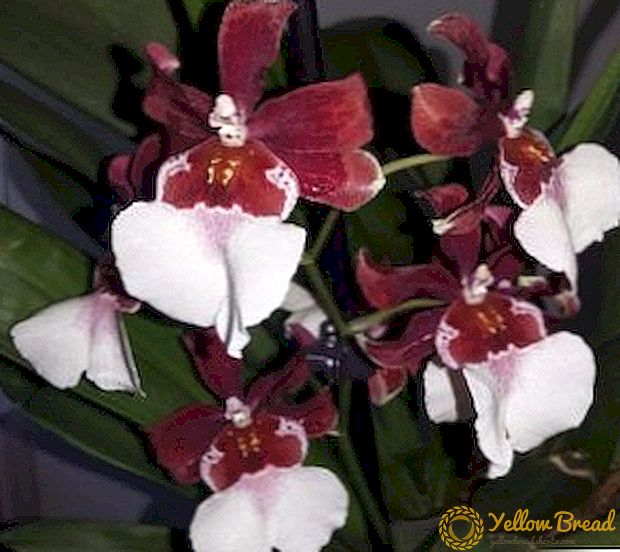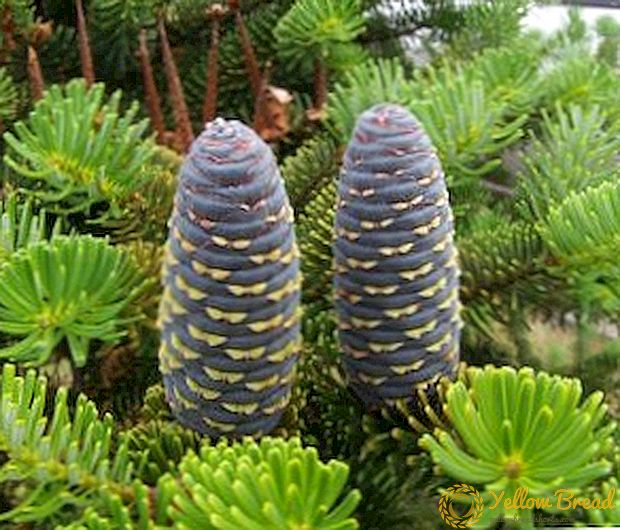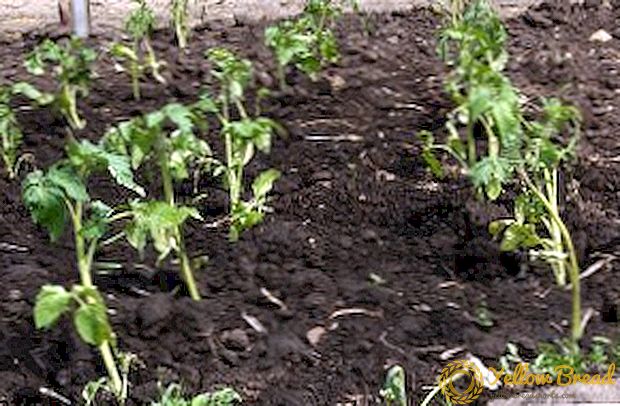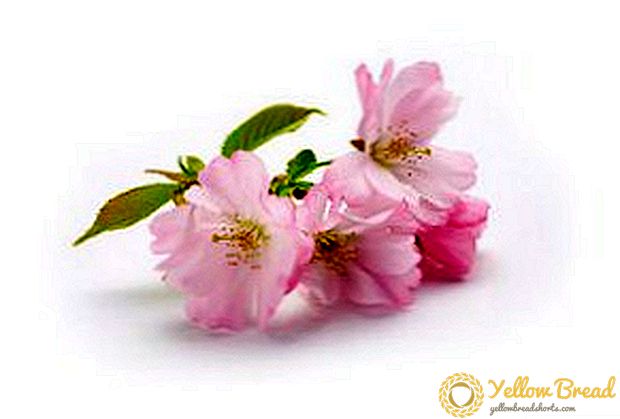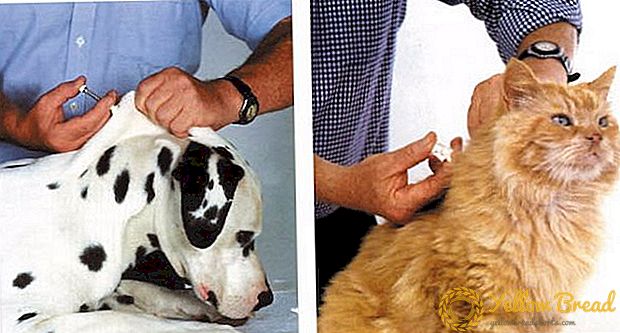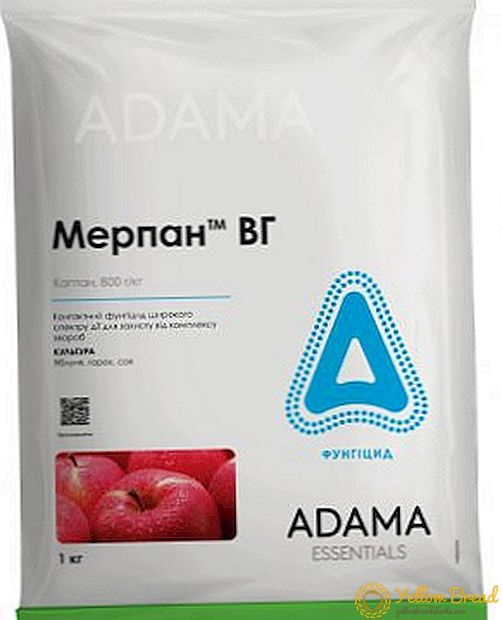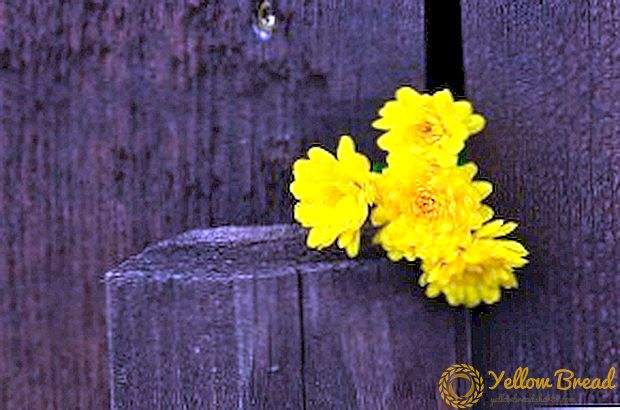 The article focuses on how to care for Korean chrysanthemum in the garden. Many florists are interested in the details of plant reproduction and the right conditions of care, so we will describe the main points that you need to know when growing Korean chrysanthemum.
The article focuses on how to care for Korean chrysanthemum in the garden. Many florists are interested in the details of plant reproduction and the right conditions of care, so we will describe the main points that you need to know when growing Korean chrysanthemum.
- Korean Chrysanthemum: Description
- Features of growing Korean chrysanthemum
- The most optimal place for planting Korean chrysanthemum
- What should be the soil for planting
- How to plant a plant
- How to care for Korean chrysanthemum
- Irrigation features
- Feeding chrysanthemums
- Pruning chrysanthemum
- Reproduction of Korean Chrysanthemum
- Seed planting
- Chrysanthemum cuttings
- Division bush
Korean Chrysanthemum: Description
 Korean Chrysanthemum is a group of Chrysanthemum varieties of garden hybrid origin. A distinctive feature of the Korean chrysanthemum - high resistance to cold.
Korean Chrysanthemum is a group of Chrysanthemum varieties of garden hybrid origin. A distinctive feature of the Korean chrysanthemum - high resistance to cold.
The first varieties of the Korean group were obtained in the United States. The American breeder Cumming led them at the end of the 20s of the 20th century by crossing the Siberian variety with a small-flowered cultivar.
This species was bred for planting in regions with a cold climate and sudden changes in temperature.
A peculiarity of this type are flowering conditions: chrysanthemum lays inflorescences when the number of hours of light decreases. Therefore, Korean chrysanthemum is called a “short day” plant.
The plant blooms in late summer - early fall (flowering continues until frost). The maximum possible height of the plant is 40 cm. The inflorescences of Korean chrysanthemums resemble a basket and reach a diameter of 9 cm. The flower has a straight stalk. The leaves of chrysanthemum are similar to the leaves of oak, so the plant is popularly called "chrysanthemum oak".
Features of growing Korean chrysanthemum
In order for the plant to feel comfortable, bloom profusely and not hurt, you need to find a good place to plant and the soil of the appropriate quality. Proper planting in the ground will give the flower the opportunity to quickly settle down and grow.
The most optimal place for planting Korean chrysanthemum
 To plant Korean chrysanthemum, choose a sunny place in the garden. The plant does not tolerate shade, its leaves lose their saturation,and the flowers turn out to be almost discolored and lose all showiness.
To plant Korean chrysanthemum, choose a sunny place in the garden. The plant does not tolerate shade, its leaves lose their saturation,and the flowers turn out to be almost discolored and lose all showiness.
The place should not be blown by the wind, so it is impossible to plant a flower in a draft. The southern side behind the house or any building is best suited.
Also take care of dry ground. Chrysanthemum can not be planted in the lowlands, where moisture will constantly accumulate. Otherwise, the roots will begin to rot, and with the onset of frost the flower will die.
Choose a dry sunny place with no drafts.
What should be the soil for planting
For Korean chrysanthemum, humus-rich, light soils with a neutral reaction are suitable (ph 6.0-6.5). Danger are acidic and slightly acidic soils, planting in which is fraught with plant diseases and even death.
The soil must be dry and have good drainage properties. High occurrence of groundwater at the landing site is unacceptable.
How to plant a plant
 Korean chrysanthemum is getting accustomed to the new place, and the planting and further care of the plant are planned for early spring.
Korean chrysanthemum is getting accustomed to the new place, and the planting and further care of the plant are planned for early spring.
The distance between chrysanthemums is determined depending on the variety:
- low - 20-30 cm between plants in the row;
- high - 30-40 cm
If cuttings of oak trees are planted, then the planting is done without separating the earthen coma. So the flower takes root better and does not get sick.
After planting, young flowers should be plentifully watered. Experienced florists recommend adding complex fertilizer or humus to each well.
How to care for Korean chrysanthemum
 After the plant has taken root in a new place, it is necessary to pay special attention to it. The speed of growth and flowering depends on the proper watering and regularity of fertilizing; therefore, care for Korean chrysanthemum must be taken seriously.
After the plant has taken root in a new place, it is necessary to pay special attention to it. The speed of growth and flowering depends on the proper watering and regularity of fertilizing; therefore, care for Korean chrysanthemum must be taken seriously.
Irrigation features
Watering chrysanthemum is necessary as the soil dries. In summer, watering should be more frequent, in spring and autumn - rare. For soil moistening use defused or rain water.
During watering try not to fall on the leaves and shoots, so that they do not appear fungus. With a lack of moisture, the stem of the plant begins to harden, and the leaves become lighter.
Feeding chrysanthemums
It is very important to feed the flowers not only in the period of rapid growth and flowering, but also throughout the development cycle. The first fertilizer is applied immediately after planting. To do this, use any nitrogen fertilizer.
 Half a month after the flower has got accustomed, one more feeding is carried out - bird's manure diluted in water (be careful, since a large dose can kill the plant).
Half a month after the flower has got accustomed, one more feeding is carried out - bird's manure diluted in water (be careful, since a large dose can kill the plant).
Fertilizer from chicken or cow dung is prepared as follows:
- The tank is filled with manure and filled with water so that the liquid covers the contents.
- Infusion dilute with rain or separated water in a ratio of 1 to 10.
- Pour each plant using no more than 1 liter of fertilizer. Water only over wet soil.
Before flowering, you can fertilize chrysanthemums with phosphate and potash fertilizers or use complex additives. All dressing up close or pour only at the root, so as not to burn the leaves of the plant.
Pruning chrysanthemum
The first pruning of chrysanthemums is carried out after the appearance of the eighth leaf. A little cut off shoots to increase branching. After some time, you can reattach the top if you want to achieve a spherical shape of a flower.
 Pruning should be no later than a month before flowering (until the end of June).
Pruning should be no later than a month before flowering (until the end of June).
In addition to forming, they also carry out sanitary pruning after flowering or during the first frost. Shoots are shortened by 2 times, cleaned dry flowers, damaged or diseased twigs. This procedure will give the plant additional protection from freezing.
If you want to get large flowers, you should leave only 1 bud for each shoot.So you will get large expressive flowers, but their number will be small.
When pruning it is important to understand that each additional branching or flower takes strength from the plant. If you overdo it with pruning, you may not wait for flowering, as the chrysanthemum will not have the strength to form even several buds on each shoot.
Reproduction of Korean Chrysanthemum
Korean chrysanthemum has several breeding options: vegetative and generative. Thus, you can use both a part of a plant (for example, shoots removed by pruning) and seeds for reproduction.
Seed planting
 Many housewives are interested in how to grow Korean chrysanthemum from seeds. Many have heard of such a pattern: if a plant is varietal, it means that a seed will grow from the seeds. Unfortunately, the same applies to the Korean chrysanthemum.
Many housewives are interested in how to grow Korean chrysanthemum from seeds. Many have heard of such a pattern: if a plant is varietal, it means that a seed will grow from the seeds. Unfortunately, the same applies to the Korean chrysanthemum.
If you still decide to try your luck, then follow these instructions:
- Dig holes at the right distance and pour them with warm water.
- Put 3 seeds in each hole and sprinkle with earth.
- Cover crops with film and wait for shoots.
- After sprouting, loosen the soil and remove the weeds.
- After 15 days, add fertilizer.
- When young flowers grow to 10-12 cm, discard the weak, leaving 1 chrysanthemum per hole.
Features of Korean chrysanthemum make it possible to grow full-fledged plants from seeds. It often happens that some seedlings retain varietal characteristics.
Chrysanthemum cuttings
Breeding option, which retains all the varietal characteristics of the flower. To get strong cuttings, you need to cut off the young shoots no longer than 8 cm. All actions are carried out in the autumn, so that during the winter, the cuttings are started and strong roots are taken.
Next, perform the following actions:
- We plant cuttings in boxes or pots filled with sand (the cut point can be dipped for several hours in a growth stimulator).
- Cover containers with cuttings with film or glass.
- Regularly ventilate the boxes and moisten the soil.
- Sprouted cuttings are planted in open ground in spring.

Division bush
For reproduction of chrysanthemum division using lateral shoots.They are dug together with a small part of the root and divided into several "blanks" so that each part has 3 stems.
 This is the easiest way, since it does not require greenhouse conditions for young plants. You just need to divide the rhizome, process the cuts with an antibacterial drug and plant for the winter in open ground under mulch (sawdust or agrofibre will do).
This is the easiest way, since it does not require greenhouse conditions for young plants. You just need to divide the rhizome, process the cuts with an antibacterial drug and plant for the winter in open ground under mulch (sawdust or agrofibre will do).
In the spring, the separated parts will not immediately make their way through the ground, so please be patient and remember that the survival rate of the separated parts is almost 100%.
Korean chrysanthemum has not only a beautiful description, but also really good qualities, for which she fell in love with many florists. Follow the rules of care and work will pay off in full - the plant will fill your garden with bright colors that will delight you for more than one month.

